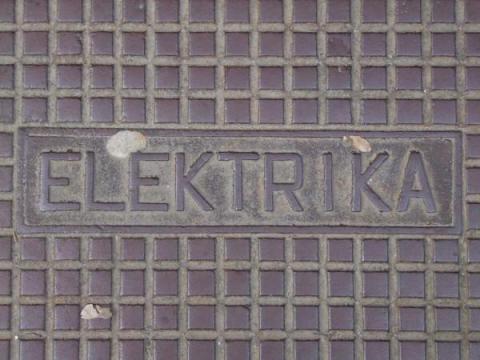Electrics Gallery, Pančevo: ART AND ACTIVISM

Electrics Gallery of the Cultural Center of Pancevo
Vojvode Radomira Putnika 7, Pancevo
Lecture series: ART AND ACTIVISM
The program is led by: Ana Vilenica
on Thursdays at 5 p.m.
1. The role of the party in the art after the October Revolution
case study: Conflict on the literary left (March 4, 2010)
2. Sartre's theory of individual engagement in art
case study: Engaged film of the Belgrade Cinema Club 3. (March 11, 2010)
3. Influence of 1968 on artistic practice (March 18, 2010)
4. Activist art in the post-production era (March 25, 2010)
How do critical theory and artistic practice communicate whose intentions are to destabilize a given reality? What is the relationship between the sphere of art and the sphere of politics? What are the possible tactics and strategies of critical activist artwork from the mid-20th century to the present day understood as resistance to dominant or oppressive cultural, social, and economic systems and mechanisms? These are just some of the most important issues that will be addressed through a series of lectures, talks, and discussions called Art and Activism.
11.03.2010
The notion of individual artistic engagement - Sartre
In contrast to the humanism of the Communist Party, Jean-Paul Sartre, a French philosopher, writer, and activist, developed during the 1940s a philosophy of existentialism, based on subjectivity and the consequences of individual will. In the essay "What is Literature?" Sartre introduces the concept of engaged art as opposed to art understood in its autonomy from the social, but also art understood as an extension of politics in Stalinism. Engagement is, for this philosopher, a specialized term that refers to the process of taking responsibility for the political consequences of one's actions. This notion is a political version of existentialist authenticity that requires only the affirmation of freedom within the social context. Sartre believed that literature (art) could be a driving mechanism through which oppressed minorities gain group consciousness and through which elite action can be provoked. He believed that it was impossible to be politically neutral and that the only fair path consisted of open recognition and defense of an individual's political affiliation. Sartre's theses on engagement are based on the belief that there is individual responsibility for collective problems (negative responsibility) or in other words that the burden of trouble in the world is borne by each individual. His model of political responsibility remains one of the most powerful models of the twentieth century. After the lecture, we invite you to engage in a discussion of the differences between the theories and practices of Revolutionary Art and Engaged Art.
Ana Vilenica
Born: 1978 in Pancevo, Vojvodina, Serbia.
Art historian, curator, visual artist, performer
Education:
In 2005 she graduated in Art History from the Faculty of Philosophy in Belgrade
In 2009 she received her master's degree from the Interdisciplinary Postgraduate Studies at the University of Arts in Belgrade at the Stage Design Group
In 2006, he enrolled in the second year of doctoral studies at the same university at the Group for Theory of Art and Media.
